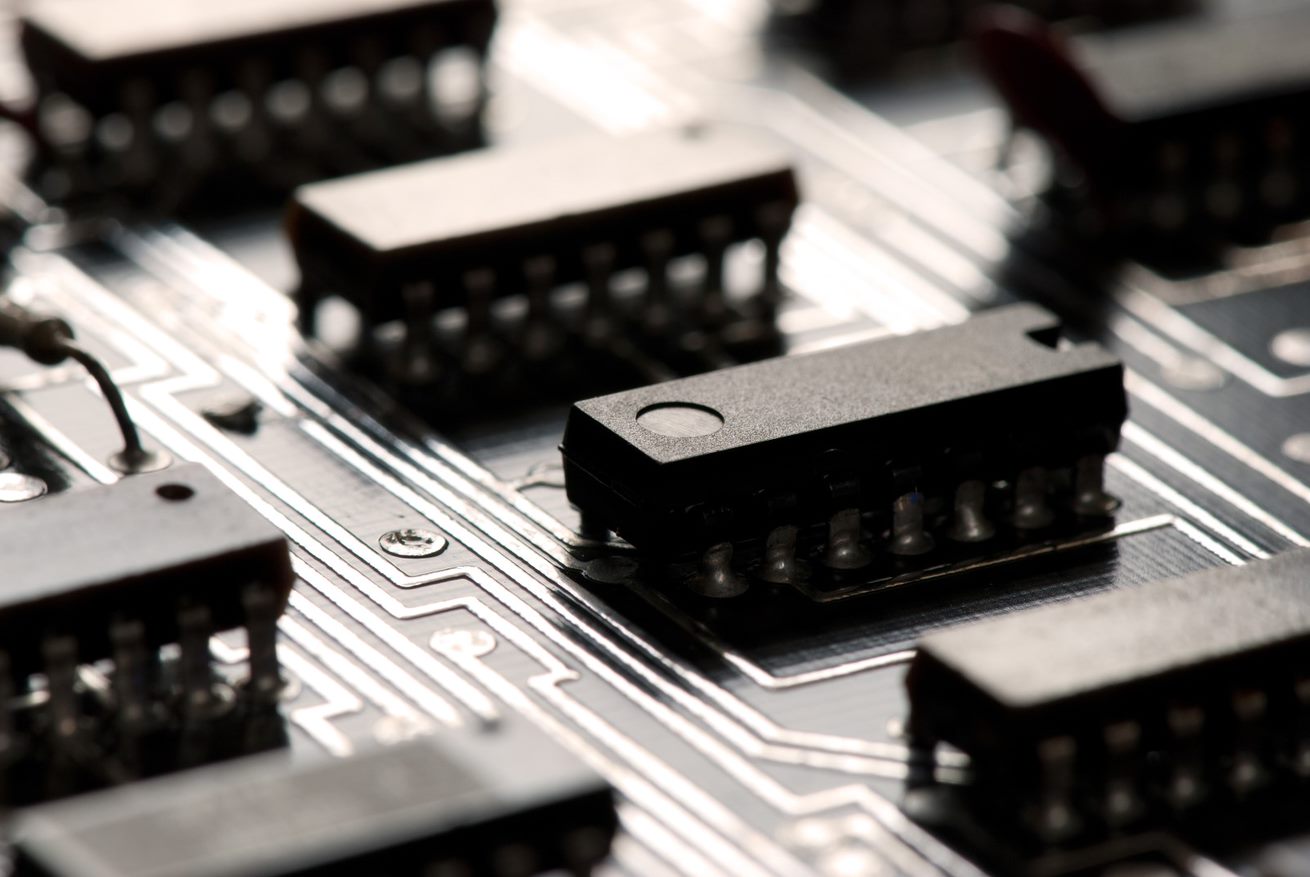Posted on April 11, 2022
Estimated reading time 5 minutes
The number of connected devices, known as the internet of things or IoT, is estimated at over 28 billion as of 2022— an all time high. The number of IoT devices is only set to grow as technology integrates further with our personal and professional lives. Yet, the convenience of our smart speakers and commercial modelling tools comes at a cost.
IoT devices increase the number of access points for cybercriminals to exploit and steal data or ransom files. This raises the question, what can growing and mid-market firms do to protect themselves in today’s dynamic threat landscape?
This article will discuss the future of AI cybersecurity and how you can protect yourself from data breaches using IoT cloud solutions like Azure IoT and Microsoft Defender. Read on to find out more.
What is the Internet of Things?
The Internet of Things is a catch-all term for smart or networked devices. As well as becoming more widespread, today’s IoT devices are also becoming more sophisticated.
We’re most familiar with IoT devices in domestic contexts like WiFi-enabled washing machines, smart speakers or televisions. Here, IoT devices offer convenience and support in day-to-day tasks. However, commercial organisations have their own versions, too.
IoT devices also encompass logistical tools for geo-tracking, climate control or manufacturing. Some organisations have even gone as far as developing ‘digital twins’, comprehensive simulations of their entire production systems. These tools are often connected to operational devices to model new predictive asset management or operational workflows.
Here, IoT devices help firms find more efficient or less expensive ways of working. Modern workplaces — whether solely office-based or flexible — likely have a mix of each IoT device category.
Why are IoT devices a problem for cybersecurity?
IoT devices have long been recognised as a cybersecurity threat because they make networks more porous. It only takes an IoT device to lose firmware updates from its manufacturer or a hacker to try a pre-set password before they gain network access.
Already, IoT attacks have been identified where hackers exploited innocuous appliances like fridges or kettles. From there, cybercriminals go on to access computers or phones where valuable data is stored.
We will undoubtedly see attacks on IoT devices increase across 2022. Edge computing devices – where data is processed as close as possible to its collection point – as well as centralised cloud infrastructure are vulnerable to hacks, creating an existential challenge to senior business leaders.
How can businesses protect themselves against IoT hacks?
Education and awareness are two useful tools to protect your business from Internet of Things vulnerabilities. When designing a cybersecurity strategy, you should always begin with a thorough audit of your networked devices and fully assess vulnerabilities they may pose.
However, managing your cybersecurity in-house is incredibly difficult, as balancing growth with security compliance is a constant struggle. Although it may seem more pragmatic to focus on growth opportunities in the short term, one data breach can swiftly undo months of work. Worryingly, midmarket firms were the most affected by hacks in 2021.
New and innovative Microsoft cloud solutions go even further than mapping your IoT cybersecurity threats. Azure IoT tools like Microsoft Defender for Endpoint is a device management solution that helps safeguard access to your data and networks by using AI cybersecurity tools.
Microsoft Defender applies big data analytics to Microsoft’s global database of known exploits and attack strategies to automate your network protection. Therefore, you can ensure that your (newly AI-enabled) cybersecurity strategy keeps pace with your growing network of Internet of Things devices.
Moreover, Microsoft Defender for Endpoint also includes Secure Score for Devices, helping you easily assess your security posture and recognise unprotected systems. From here, you receive a report of recommended actions that mitigate your risk from data breaches and limit any damage they can cause.
Finally, you can also work with a trusted Managed Security Services provider like Atech. Partnering with a Microsoft cloud expert means you gain access to expert strategic and operational advice. We can help balance your cybersecurity needs with your productivity goals. We’re experts at deploying optimised cloud environments that use AI cybersecurity solutions and Azure IoT systems to help you maintain your growth without compromising on your data security.
For example, we helped Oxford Sciences Enterprises (a leading STEM VC platform) protect itself from over 34 million cyber events and improve its collaboration with global research partners.
Discover more about cybersecurity in our 2022 series
This is the latest and final article in our mini-series on cybersecurity priorities for 2022. We’ve covered hot topics from AI-powered cybersecurity tools and new ways of tackling ransomware to the growing challenge of porous networks. If you’d like to learn more about the topics, check out the linked articles for more information.
We hope you’ve found the series useful — our security team is always scanning the tech horizon and ready to offer tailored and innovative solutions for your organisation’s requirements.
Modernise your workplace with Atech
Atech is a nine-time Gold Microsoft partner and a leading provider of Microsoft enterprise solutions.
With over 10,000 servers migrated to or refactored in Azure, we’re a highly experienced Microsoft cloud expert with a keen focus on network and data protection. We offer solutions for midmarket firms like integrated Azure IoT environments and cybersecurity tools like Microsoft Defender.
We can help transform your organisation with scalable cloud technologies and empower you with new ways of working via cloud-first solutions.
Get in touch to speak to one of our experts to learn more and see where cloud technologies can take your business.

